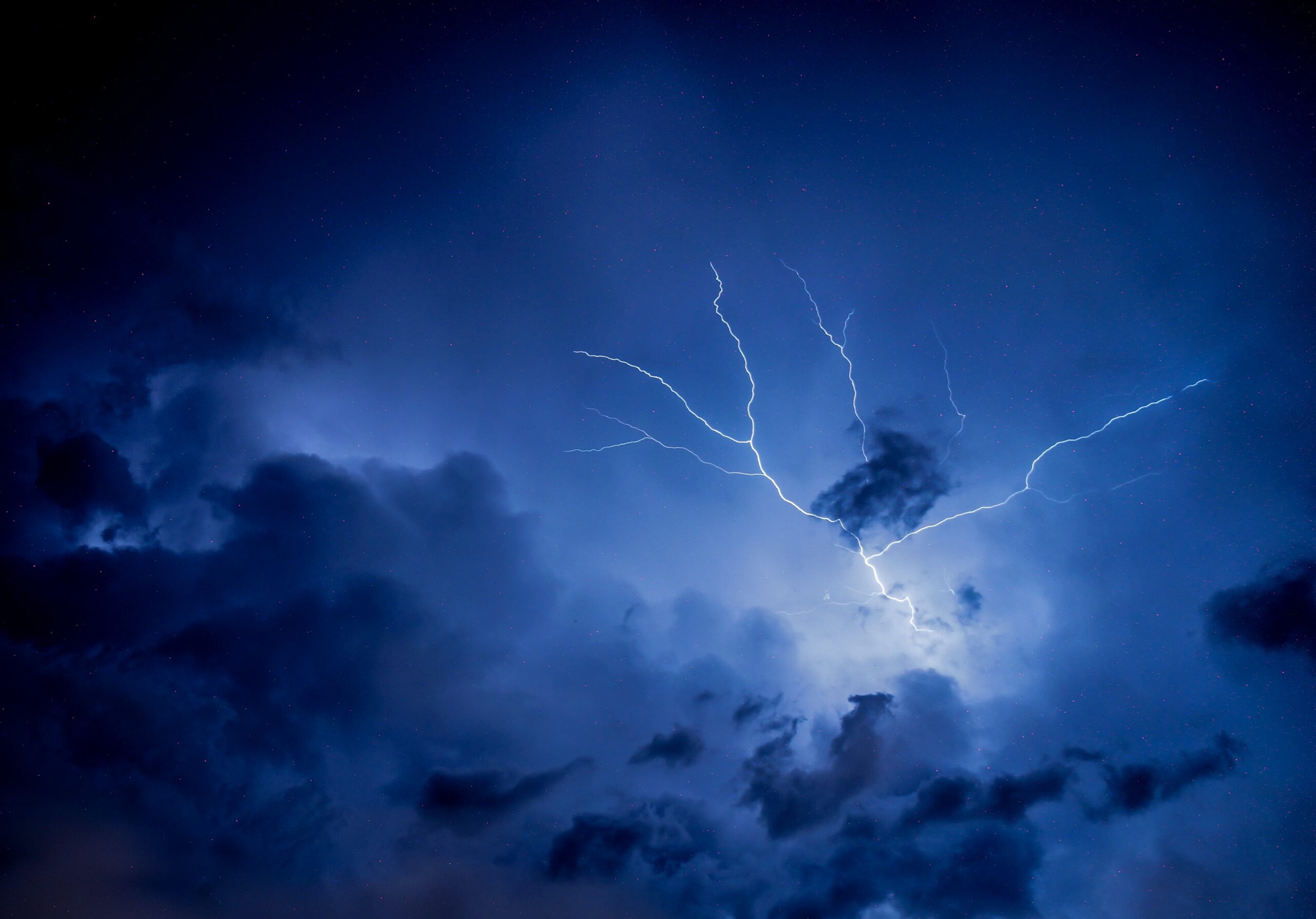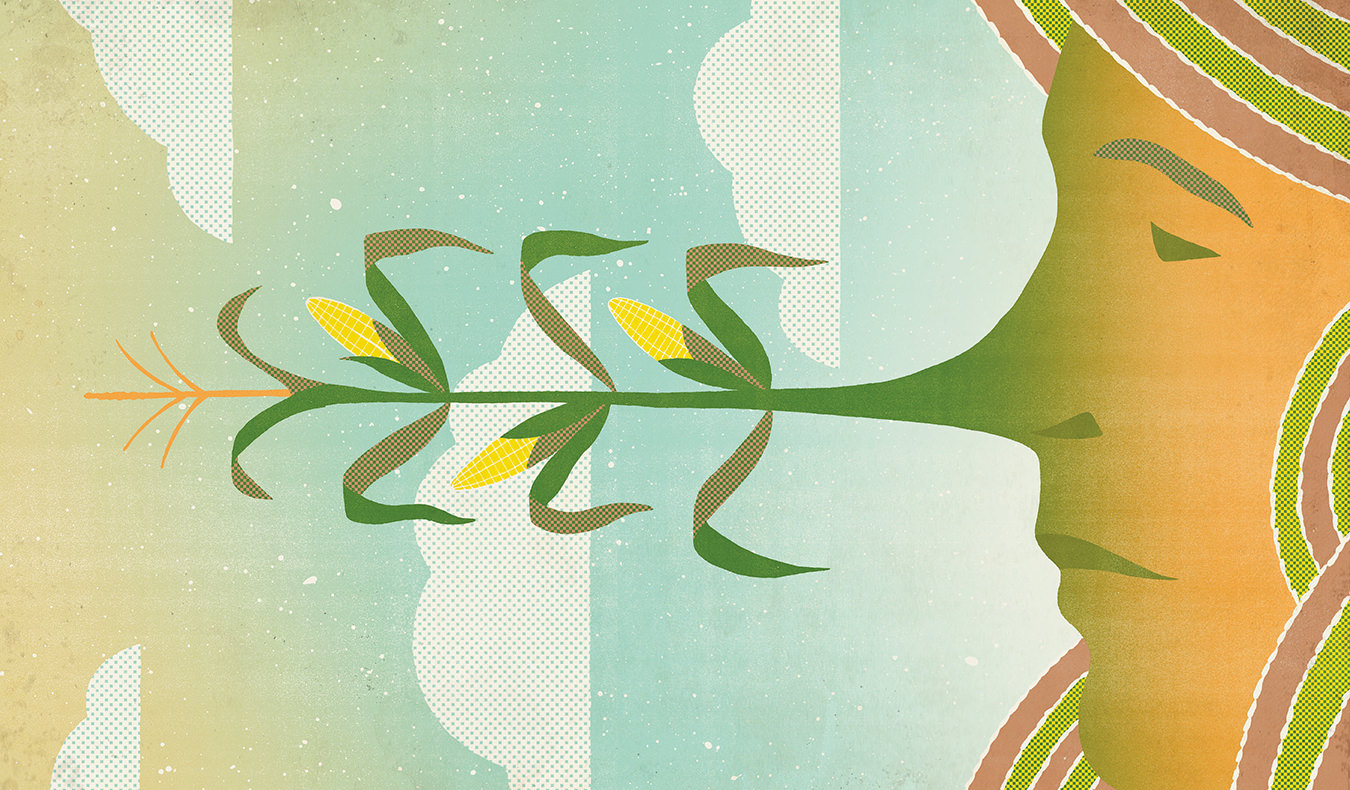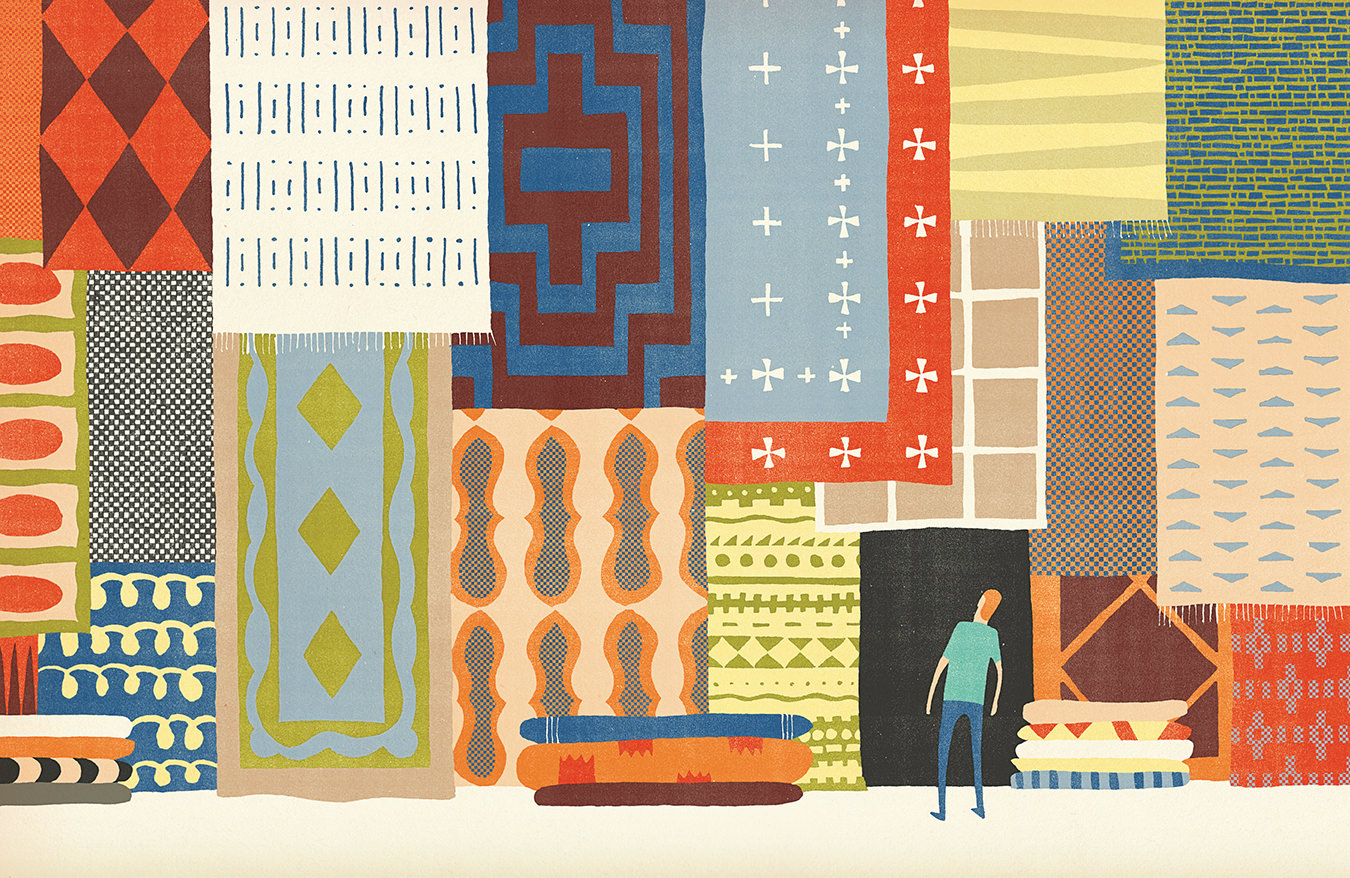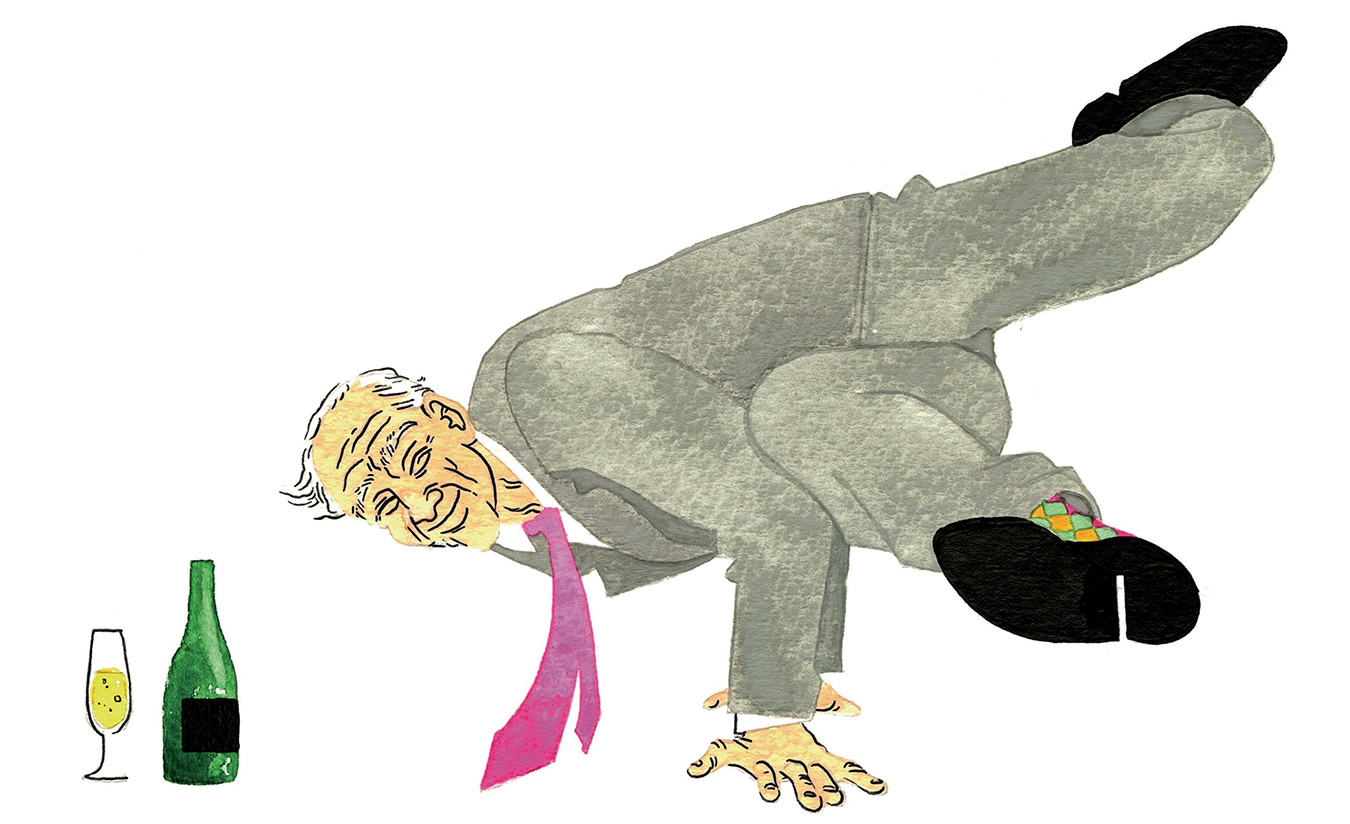Inhabiting the Language of Grief and Joy After Difficult Times
An essay on loss, longing, and language.

Photo by Rodrigo Souza.
Everyone feels a vast, varied loss that resounds in different ways—with the echo of a late loved one’s laugh, the cinnamon hum of a grandmother’s oven, the Prince songs mother and daughter used to bellow into the sky. How does one describe something so omnipresent, so pervasive, a presence that colours every moment and every choice? My therapist reassures me that “it is impossibly difficult to name absence.” But language, she insists, is where much of our healing lives.
We have a name for processing lack, for making sense of voids that should be full. But naming grief doesn’t make it less elusive, less relentless. Grief is a shape-shifter, a creature with many faces—a moon with many phases. It’s not as simple as a single syllable might suggest. It hovers over us, constant and spectral, hiding from view until we find ourselves in its pull. At once strikingly subjective and as universal as breath, the abstraction is something we all understand . But we don’t know grief—we can’t know it—until we meet it for ourselves.
Recently, many of us did. The year 2020 has been described as “unprecedented” countless times and for countless reasons: a pandemic that has claimed more than four million lives to date, historic protests—from the U.S. to Canada and around the world—against systemic racism and police violence, climate disasters of a harrowing magnitude in hemispheres north and south. The impacts of COVID-19 are immeasurable, touching everything from childhood development to demand for public transit. But in the conversation about the pandemic’s consequences, mental health is the nucleus, driving new and crucial considerations about labour, parental resources, screen time, public services, and the manifold effects of prolonged collective grief.
During lockdown, grief arrived in our lives wearing all sorts of guises. We battled loneliness and boredom and fear and anxiety, while sequestered from the things that ground us most, like social support systems and daily routines. Marriages crumbled. Promising career paths became dead-end streets. Grandparents and cousins, spouses and colleagues, mothers and fathers and siblings passed away. If healing lives in language, how do we parse curative words from this tangle of collective trauma—from any trauma? What is there to say in the face of so much sorrow?
Often, the answer is nothing. Anyone who’s tried to comfort a bereaved person knows that not all healing lives in words. Language often fails to encapsulate the nuances of our most complex emotions, experiences, and sensations. So when the lexicon falls short, what else can language be? Sometimes silence and proximity—just having someone present to listen or sit quietly—speaks volumes. Sometimes we need other forms of expression to fill the gaps. Music and visual art, for instance, may not employ the same grammar or serve the same function as words, but they are still texts, languages through which we can convey the complicated contours of our inner worlds.
Of course, these languages intersect. Words allow us to name the heft of our grief—not only so our minds can make sense of what we feel, but also to share our burden with someone willing to help weather the weight. Pair the right words with the right sounds and visuals, the right colours and textures, and you’ve got powerful, ancient tools for healing. When I hear the first chord of “Purple Rain,” for example, my mind instantly conjures the nostalgic (and iconic) image of a lace-collared, curl-coiffed silhouette behind a veil of violet mist. The lyrics don’t just transport me into the song’s apocalyptic lovescape or an idealized draft of the past—they reignite my mourning of two monumental absences that continue to affect my present: Prince’s absence from the world and my mom’s absence from my life. Prince was the silken purple thread that kept us connected across a decade of estrangement, thousands of miles, and galaxies of hurt. Though we hadn’t spoken in years, I called my mom the moment I learned he’d died. We joked and wept and sifted through bittersweet memories for hours—then lost touch again when the call ended.
Prince’s death seemed to symbolize the snapping of that last thread: the end of so many eras, including my mother’s and mine. Sometimes I’m able to plumb the depths of this pain through cogent reflection, but more often the grief I feel about my mother is easier to access—easier to process—by letting Prince’s music speak for me and to me. I’m not alone in finding solace in someone else’s art. If lockdown taught us anything, it’s how much we require meaningful and authentic human connection, especially at our most vulnerable, and literature, art, film, and music can bridge generations to remind us—often wordlessly—that someone else has felt just as alone, just as desperate, just as scared. In this sense,for me, listening to Prince is always an act of grieving. But it is also a portal to joy.
This nexus of grief and joy, I think, is the place my therapist refers to: the place where healing lives. Because when you describe the warm, smoky tones of the loved one’s laugh, you grin despite your sadness. Every time you make a batch of your grandmother’s cookies, you remember her helping you roll the dough, letting you lick the spoon. When I hear “I Would Die 4 U,” I see my mom miming the choreography from Purple Rain, hear her belt the last line of the chorus—“I would / die 4”—then point directly to me—“U,” and I’m reminded of a real, nourishing closeness that sometimes feels imagined.
Perhaps grief and joy are two sides of the same coin, then—though that feels too simplistic. I am wary of making sweeping, platitudinous statements about an experience so singular, a challenge so immense—a phenomenon dealt with so differently across cultures. In her essay “Notes on Grief,” Chimamanda Ngozi Adichie reflects on the trouble with framing grief in the silver lining of happy memories. She writes: “Rather than succor, my memories bring eloquent stabs of pain that say, ‘This is what you will never again have.’” Yet she contrasts this revelation with a line from her novel Half of a Yellow Sun: “Grief was the celebration of love, those who could feel real grief were lucky to have loved.” It seems clear that both ideas are true and support one another.
Without first experiencing joy and connection, love and delight, grief would hold little power over us; likewise, our most meaningful moments are informed, mostly unconsciously, by their evanescence. As we continue to brace against the threat of the pandemic, may we locate our most potent sources of joy. May we defer to those writers and artists who have captured the gravity of this challenge and take refuge in them. Whatever language we speak, whatever shape our grief takes, may we all find our way to the place where healing lives.
Cover photo by Brianna Martinez.




